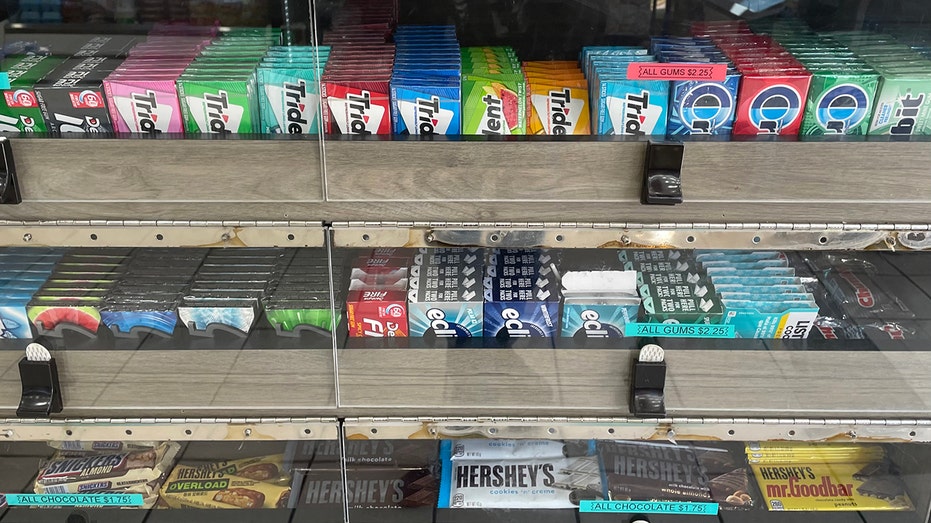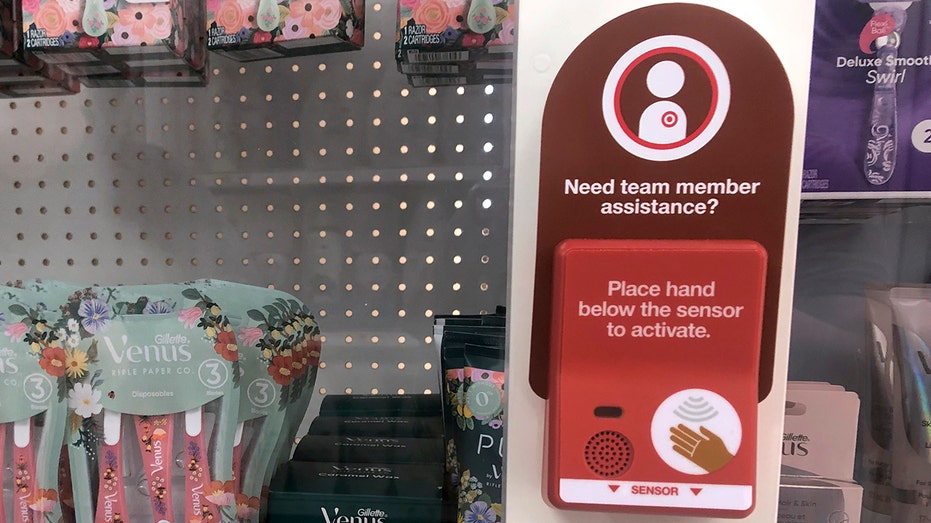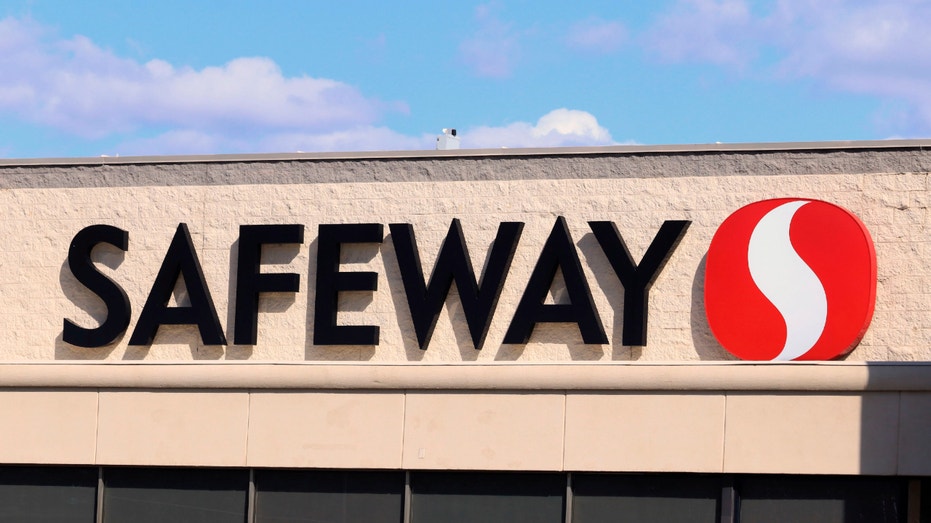Storch Advisors CEO and former Toys”R”Us CEO Gerald Storch reacts to a new report which found shoplifting surged 24% across the U.S. so far this year.
Despite enhanced safety measures, retail theft remains a significant challenge for business, potentially costing the industry more than $140 billion in 2025, according to recent estimates.
By 2026, researchers at Capital One projected losses could surpass $150 billion.
The bank already estimated that retailers lost $121.6 billion to retail theft last year. That’s up from the $112.1 billion loss in gross revenue and $84.9 billion hit from fraudulent sales returns they experienced in 2022, according to Capital One’s most recent data published at the end of October.
TARGET EXEC WARNS RETAIL SHRINK REMAINS ‘SIGNIFICANT HEADWIND’
David Johnston, National Retail Federation (NRF) vice president of asset protection and retail operations, said there has been a misconception that retail theft has gone down as executives have mentioned decreased shrink in recent earnings calls. “Shrink” is an industry term referring to inventory loss due to employee theft, shoplifting, administrative errors or vendor fraud.
Notably, Target CFO Michael Fiddelke told analysts in August that the company has seen “better-than-expected results in our most recent store inventory counts” and is “expecting shrink costs will be approximately flat to last year.”

Locked up merchandise, to prevent theft in Target store, Queens, New York. (Lindsey Nicholson/UCG/Universal Images Group via Getty Images / Getty Images)
That same month, Walmart CFO John Rainey said that “within the core merchandise mix, we had a little bit of benefit from improved shrink in the quarter.”
RETAIL INDUSTRY ADVOCATE PROPOSES SOLUTION TO ‘PERSISTENT THREAT’ OF SKYROCKETING RETAIL CRIME
Johnston said that discussions about shrink and those concerning shoplifting, organized retail crime and fraud are “two different conversations.”
Industry conversations reveal that the “theft situation still continues to plague retailers across all segments” with shoplifting and concerns of violence remaining “at high levels,” he added.
When CEOs and executives discuss shrink, they refer to their resources and strategies to manage and reduce losses across all categories of shrink, he said.
“You manage your shrink by controlling what you can control and reducing in the areas where you can reduce the losses,” Johnston said. “There are some areas where you can do all that. You can still have considerable losses.”
| Ticker | Security | Last | Change | Change % |
|---|---|---|---|---|
| TGT | TARGET CORP. | 150.91 | +3.62 | +2.46% |
| WMT | WALMART INC. | 83.85 | +0.41 | +0.49% |
Johnston also said that the industry continues to confront significant increases in cargo theft and e-commerce fraud, return fraud and cyber-related crimes, all of which are linked to these organized retail crime groups and aren’t factored into shrink percentages.
HERE ARE THE CITIES MOST PLAGUED BY ORGANIZED RETAIL CRIME: REPORT
In fact, Capital One estimated that 58% of organized retail crime is cargo theft.
To combat this persisting issue and hold those involved in organized retail crime activities accountable, Johnston has repeatedly stressed that there needs to be a community effort.
| Ticker | Security | Last | Change | Change % |
|---|---|---|---|---|
| COF | CAPITAL ONE FINANCIAL CORP. | 184.82 | -6.15 | -3.22% |
For one, retailers must continue to strengthen partnerships with law enforcement by reporting incidents, providing detailed evidence and assisting them with investigative support. They can also help educate law enforcement on the tactics, methods and commonalities of how these criminals steal from their stores, Johnson said.

A convenience store in New York City has installed locked cases to cover candy that is frequently stolen. (Deb Cohn-Orbach/UCG/Universal Images Group via Getty Images / Getty Images)
He is also asking law enforcement and prosecutors to continue supporting retailers with investigative resources to tie those committing crimes in stores with the heads of these organized retail crime groups, those often directing or buying stolen goods.
Johnston said these individuals must be prosecuted, “as criminals gaining profit through theft, not just low-level criminals.”
GET FOX BUSINESS ON THE GO BY CLICKING HERE
Meanwhile, he said government officials at all levels need to alter existing laws or create new laws that focus on prosecuting these criminal groups. They also need to provide law enforcement and prosecutors with resources to establish task forces or properly investigate these larger organized retail crime groups, according to Johnston.
Johnston said that the passage of the Combating Organized Retail Crime Act in Congress last year will help local and state governments with federal resources to assist them in their efforts.
It’s still too hard to tell how long things will be locked up, according to Johnson, who said that it will be up to the individual retailer.
For now, “we are going to continue to see retailers utilize security measures” to protect their merchandise, employees and shoppers, he said.


